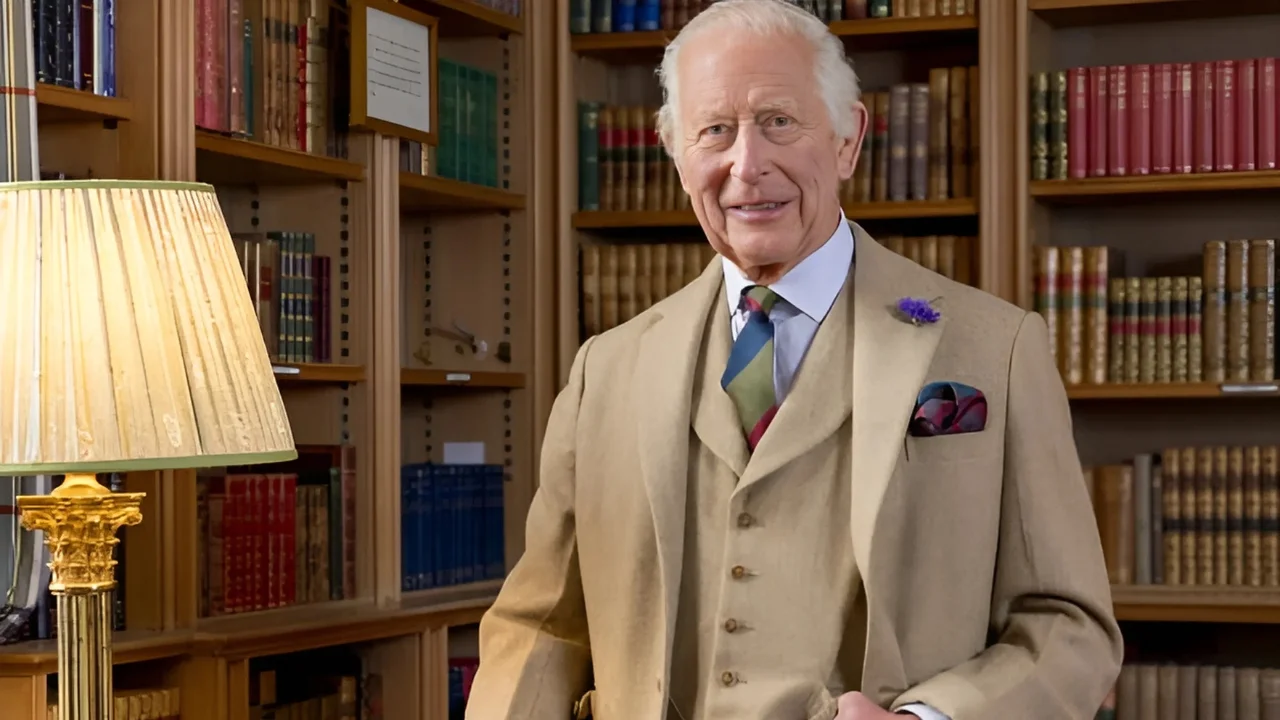King Charles III is reportedly moving forward with a significant restructuring of the British monarchy, commonly referred to as King Charles Plan B. This strategy aims to modernize the royal institution by streamlining its structure, reducing financial dependencies, and preparing Prince William and Kate Middleton for greater responsibilities.
Key Changes Under King Charles Plan B
Sources suggest that the plan could lead to a gradual transfer of duties to Prince William as early as 2025 or 2026. While King Charles remains committed to his reign, health concerns and a changing public perception of the monarchy have influenced this decision.
1. Increased Role for Prince William and Kate Middleton
One of the central aspects of King Charles Plan B is the gradual transition of royal duties to Prince William and Kate Middleton. The Prince and Princess of Wales are expected to take on more prominent roles in state functions, international visits, and charity engagements, signaling preparations for William’s future as king.
With the King’s health remaining a key concern, insiders suggest that the transition could accelerate in the coming years, positioning William and Kate as the monarchy’s primary public figures.
2. Reduction in the Number of Working Royals
A major element of King Charles Plan B involves a “slimmed-down” monarchy, reducing the number of senior royals who carry out official duties. This follows a model seen in European monarchies, such as in Sweden, where non-working royals have been removed from official engagements.
Reports indicate that family members who are not actively serving the Crown may no longer receive financial support from royal funds. This could impact royals such as Princess Beatrice and Princess Eugenie, who may be encouraged to pursue independent careers outside of the monarchy.
3. Financial Reform and Cost-Cutting Measures
King Charles Plan B also prioritizes financial efficiency. The King is reportedly reassessing royal expenditures, with a focus on reducing costs related to staffing, security, and the maintenance of royal estates.
This initiative aims to decrease reliance on taxpayer funding, particularly the Sovereign Grant, which supports royal duties. By optimizing financial management, the King hopes to maintain public confidence in the monarchy’s sustainability.
4. Modernization of Royal Engagements
Under King Charles Plan B, the royal family is expected to adopt a more contemporary approach to public engagements. Instead of traditional displays of royal grandeur, there will be a greater focus on social issues, community engagement, and philanthropy.
Prince William has already embraced this shift, prioritizing mental health awareness, climate change initiatives, and youth development programs. His leadership style reflects the monarchy’s evolving role in modern society.
5. Strengthening Cultural Representation
The monarchy’s relevance in a diverse and evolving Britain is also a focus of King Charles Plan B. The King has previously emphasized the need for the royal family to reflect the cultural and religious diversity of the nation.
His coronation ceremony was a notable example of this shift, incorporating various cultural and religious elements. Moving forward, royal events and engagements are expected to continue emphasizing inclusivity.
Potential Impact on the Monarchy
If fully implemented, King Charles Plan B could reshape the monarchy in several ways:
- A more focused royal family, with fewer members performing official duties.
- Greater financial accountability, ensuring transparency in royal expenditures.
- A stronger connection with the public, as royal engagements focus on pressing social issues.
- A shift in public perception, making the monarchy appear more modern and relevant.
However, the plan also presents challenges. The reduction of working royals may raise concerns about the institution’s future stability, while financial reforms could lead to criticism from those accustomed to traditional royal privileges.
Conclusion
King Charles Plan B represents a significant transformation for the British monarchy. By streamlining operations, modernizing engagements, and preparing Prince William and Kate Middleton for greater leadership roles, the King is setting the stage for a new era.
While the transition may take time, these changes indicate a strategic effort to align the monarchy with contemporary expectations, ensuring its long-term relevance in a rapidly evolving society.
Hope our blog on King Charles Plan B was helpful to you and exciting to read !!

